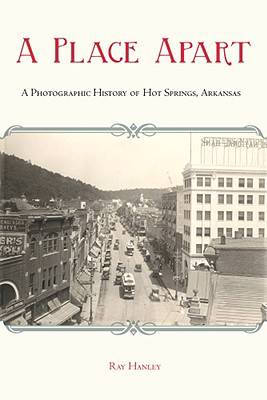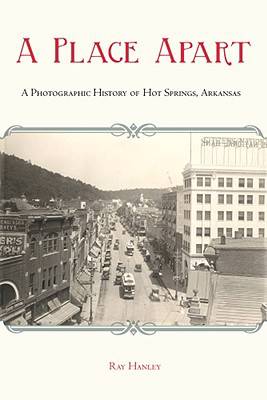
- Afhalen na 1 uur in een winkel met voorraad
- Gratis thuislevering in België vanaf € 30
- Ruim aanbod met 7 miljoen producten
- Afhalen na 1 uur in een winkel met voorraad
- Gratis thuislevering in België vanaf € 30
- Ruim aanbod met 7 miljoen producten
Zoeken
Omschrijving
Hot Springs National Park was recognized nationally in 2010 when the U.S. Mint unveiled the design of the first quarter of 56 in a series called the America the Beautiful Quarters Program. In 1903 a Chicago magazine, The 400, told its upscale readers about Hot Springs, Arkansas. The article's author wrote, "I also perceive a Chicago-Hot Springs air line of macadamized highway, lined with meteoric automobiles ribboning off the 750 miles between the cities in a thousand or less minutes. The perspective is almost delirious." Such exuberant words are testimony to what Hot Springs, "a place apart," has been to the nation since the early European explorers found vapors rising from the thermal springs-47 of them from which a million gallons of 143-degree water flow each day. A Place Apart offers readers a balanced history in words and historic photographs of a unique locale in the state of Arkansas. The hot springs of what the Native Americans called Washita were on the national map of Pres. Thomas Jefferson when the United States acquired what would become Arkansas in the Louisiana Purchase of 1804. Congress created the Hot Springs Reservation in 1832-the first land that the federal government set aside for preservation-granting federal protection of the thermal waters, and renamed it Hot Springs National Park in 1921. This book provides a fascinating visual history of pioneers, wealthy barons, scoundrels, gamblers (including such frequent visitors as Al Capone and Lucky Luciano), colorful politicians, and the hundreds of thousands of people who came to the spa city in hopes of regaining their fleeting health. Also covered are such famous attractions as Oaklawn Park, a thoroughbred horse-racing track, and Bathhouse Row, with its eight turn-of-the-century historic buildings.
Specificaties
Betrokkenen
- Auteur(s):
- Uitgeverij:
Inhoud
- Aantal bladzijden:
- 190
- Taal:
- Engels
Eigenschappen
- Productcode (EAN):
- 9781557289544
- Verschijningsdatum:
- 1/04/2011
- Uitvoering:
- Paperback
- Formaat:
- Trade paperback (VS)
- Afmetingen:
- 163 mm x 231 mm
- Gewicht:
- 317 g

Alleen bij Standaard Boekhandel
+ 75 punten op je klantenkaart van Standaard Boekhandel
Beoordelingen
We publiceren alleen reviews die voldoen aan de voorwaarden voor reviews. Bekijk onze voorwaarden voor reviews.











